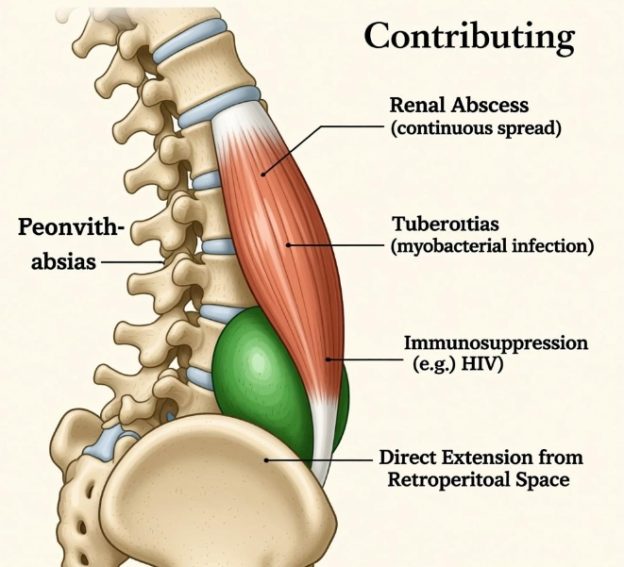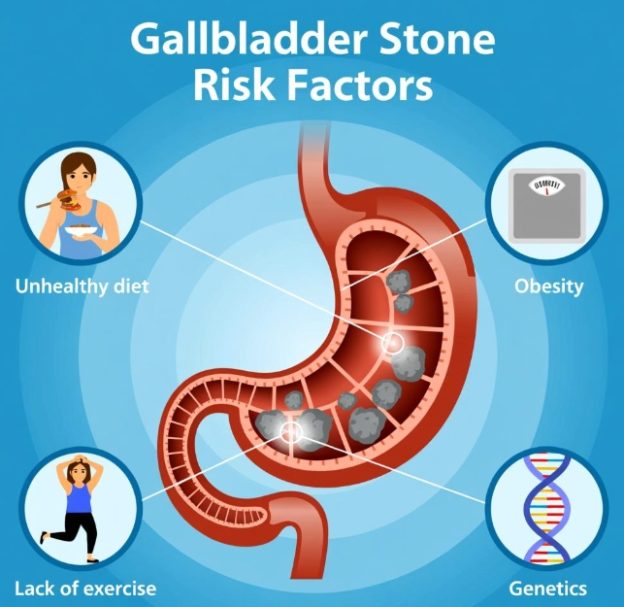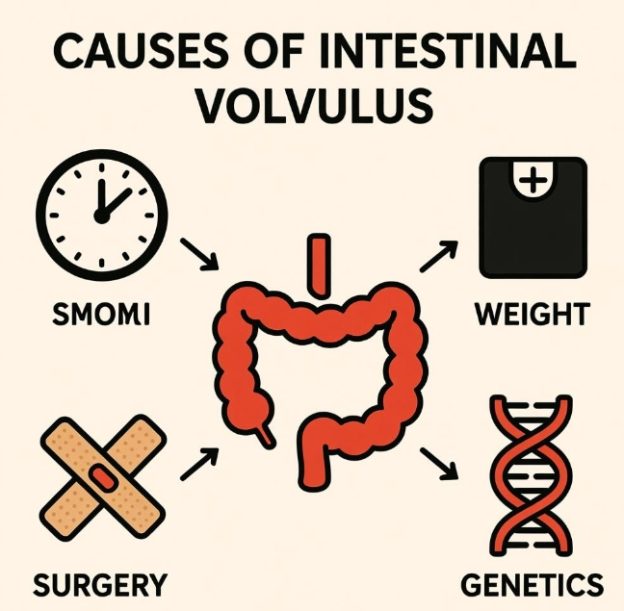A refractory (hard-to-heal) wound is defined as any break in skin or mucosa that fails to move through an orderly reparative sequence and remains open beyond 4–6 weeks despite standard care. The wound itself and the surrounding tissues display a characteristic set of changes.
- Persistent open wound bed
Granulation tissue is pale, flat or “pocket-like” instead of beefy red and raised; epithelial margins fail to advance and may become rolled or calloused . - Excessive moisture or oozing
Continuous serous or purulent discharge macerates perilesional skin, increases odour and demands frequent dressing changes . - Pain and malodour
Deep, throbbing pain is common; an unpleasant smell develops when bacterial load rises or necrotic slough is present, often leading to social isolation . - Recurrent bleeding & fragile tissue
Minimal trauma causes pinpoint bleeding; capillaries in the wound bed are fragile and rupture easily during debridement . - Peri-wound changes
Surrounding skin becomes indurated, hyperkeratotic or shows brown haemosiderin staining (venous disease) or shiny hairless atrophy (arterial disease) . - Signs of critical colonisation / infection
Increase in exudate, change to grey-yellow slough, spreading erythema, new satellite lesions, low-grade fever or leucocytosis herald bacterial biofilm formation . - Functional limitation
Location on foot, sacrum or leg can restrict walking, sitting or sleep; chronic inflammation and malnutrition produce fatigue and weight loss .
Early recognition allows correction of underlying causes (ischaemia, diabetes, oedema, malnutrition) and adoption of advanced therapies before complications such as cellulitis, osteomyelitis or sepsis develop.
| Symptom / Sign | Typical Features |
|---|---|
| Non-healing bed | Pale, flat granulation; rolled edges |
| Heavy exudate | Serous / purulent; macerates skin |
| Pain & odour | Throbbing; foul smell when infected |
| Easy bleeding | Fragile capillaries, pinpoint spots |
| Peri-wound skin | Induration, staining, atrophy |
| Colonisation clues | Grey slough, redness, satellite lesions |
| Functional loss | Limits mobility, disturbs sleep |









